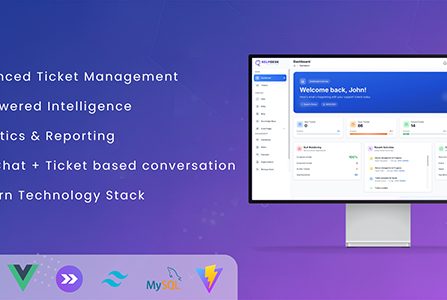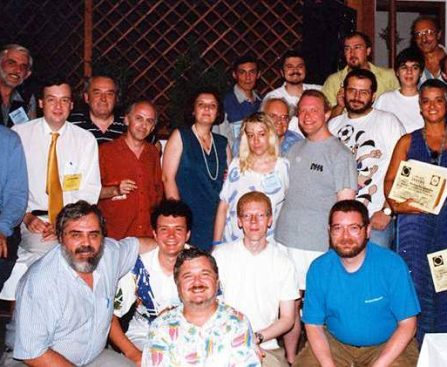Enhance your notification experience by utilizing the latest AI organizer from Android 16 on Pixel devices
A significant benefit of owning a Pixel phone is that you are typically the first to access any new software feature under development by Google. The latest feature update in December 2025 introduced innovative methods for managing your notifications. Notification summaries leverage AI to summarize lengthy messages or missed discussions in group chats. Additionally, we have a new feature known as Notification organizer that automatically groups and silences low-priority notifications.
Currently, these features are exclusive to Google Pixel 9 and 10 series phones, and are only available in select regions for now. After updating your Pixel phone, Notification organizer should be activated by default. Here’s how to access and customize it as needed.
How to utilize Android AI notification organizer on a Pixel
1. Launch the **Settings** app by either tapping the shortcut on your homescreen or swiping the notification shade downwards two times to locate the **gear icon** at the bottom right.
2. Select **Notifications** from the menu options.
3. Within the **Manage** section, you should find **Notification organizer**.
4. The third image below illustrates how it will appear once activated.
5. You can modify the types of notifications you would like to group, as well as select the apps that will utilize this feature.
6. Return to **step no. 3** and here, you can uncheck specific groupings, such as notifications from social media apps, news, etc.
7. Tapping the final menu item labeled **Manage apps** will allow you to choose apps you wish to exclude from Notification organizer. You may want to do this for apps that send crucial notifications like banking applications.
**Note:** To utilize Notification organizer, Google recommends ensuring the following conditions are met:
– The primary system language should be set to English.
– Your phone’s region must be one of the following countries: Australia, Canada, Germany, Japan, United Kingdom, or United States.
Control the influx of notifications with this extremely useful feature, available exclusively on Pixel devices
As the number of applications on your phone continues to rise, it’s essential to implement an intelligent method for managing various notifications emanating from each application. Even without Notification organizer, you still have the option to silence specific types of notifications for individual apps, such as news, promotions, etc. However, this requires navigating to each app’s settings page to manage the notifications, which can be a tedious and time-consuming endeavor. The new Notification organizer feature provides a more efficient approach to accomplish the same task.
The update started rolling out on December 2, 2025, in a phased approach, so if you haven’t received it yet, please be patient. We hope to see this feature become available on more devices in 2026.
If you own a Pixel 9 or 10 series device, continue checking for the update if you haven’t already received it.











